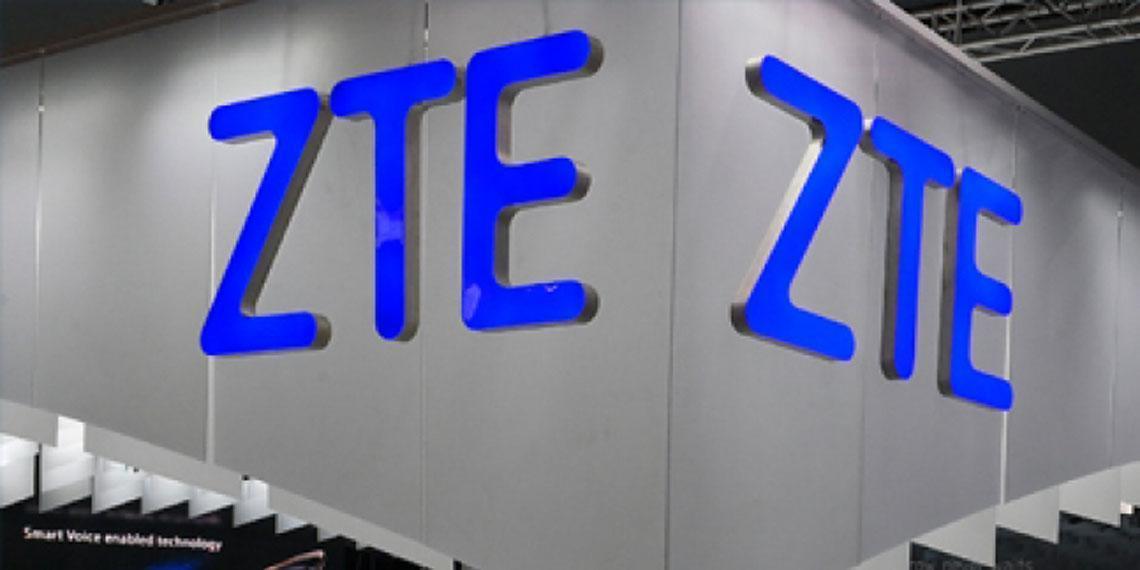ZTE has signed an agreement with China Unicom for cooperation on 5G and Internet of Things. They two say they will work closely together 'to foster a sound ecosystem and promote sustainable development' in the fields of 5G and IoT. And in another 5G development, Ericsson and China Mobile have conducted the world's first 5G-enabled drone prototype field trial.
They will jointly develop cooperative projects and conduct research on application scenarios, product demands, service applications, market development and other related fields. They will also look at possible future directions of 5G and IoT, and say they aim to achieve research results that meet the network development and evolution requirements for new business models, laying a solid foundation for long-term technical cooperation and a mutually beneficial results for both parties.
Both China Unicom and ZTE are researching 5G network architecture, mobile-edge computing (MEC), cross-layer optimization, bearer and other key 5G technologies to promote 5G development strategies and standardization.
In IoT, both parties say they conduct research and experimental verification of key IoT technologies and implement research and development of service solutions and products to promote technological development and industrial cooperation.
Mr Shao Guanglu, deputy general manager of China Unicom, said China Unicom would call upon other operators endowed with common resources for strategic cooperation with ZTE, jointly promoting future network development, technological research and business models.
Mr Xu Huijun, ZTE's CTO, said ZTE' aim was to become a global pioneer in IoT and 5G with China Unicom as a long-term strategic partner.
Ericson & China Mobile take 5G to the skies
Ericsson says it has conducted the world's first 5G-enabled drone prototype field trial in co-operation with China Mobile, hailing this 'a major milestone on the road to 5G.'
In the trial, held in Wuxi in China's Jiangsu province, Ericson says a drone was flown using the operator's cellular network with 5G-enabled technologies and with handovers across multiple sites. 'In order to demonstrate the concept's validity in a real-world setting, the handovers were performed between sites that were simultaneously in use by commercial mobile phone users.'
According to Ericson, potential use cases for this technology include mission-critical applications such as support for emergency services. However, end-to-end low latency needs to be guaranteed by the operator's network to ensure the safety and reliability of such services.
Ericsson says that it and China Mobile have been collaborating in the China National Key 5G Project since the beginning of 2016, focusing on user-centric 5G network architecture evolution. 'One of the project's aims is to optimize latency for mission-critical use cases, by dynamically deploying part of a network through distributed cloud close to the radio edge. The drone trial is therefore an important step toward 5G networks in which part of a network can be distributed and dynamically deployed at the cellular edge in order to reduce end-to-end latency, and to serve a range of 5G use cases at the same time.'
Chris Houghton, Head of Region Northeast Asia, Ericsson, said the trial showed that 5G research was coming out of the labs and into live test networks in preparation for commercial implementation expected from 2020. 'We see tremendous opportunities in 5G, and we are mobilizing the ecosystem and collaborating with industry leaders such as China Mobile to help make 5G a reality,' he said.






